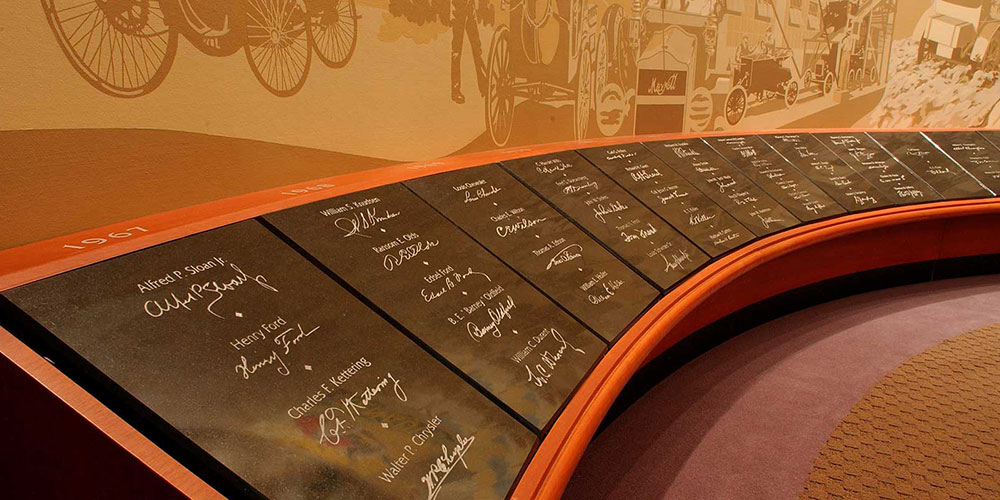By Robert Tate, Automotive Historian and Researcher
Images courtesy of the National Automotive History Collection
Posted: 10.03.2016
The 1965 Plymouth XP-VIP Idea show car was Chrysler's great new advance design introduced to the public at the 1965 Chicago Auto Show.
At the time, the model was designed to provide the ultimate in comfort and safety for freeway travel. The show car was also featured at the 9th International Automobile Show in New York City. The theme for the Plymouth exhibit show was called the “Roaring 65s” which had offered attractive models to narrate the 1965 Plymouth story.
The 1965 Plymouth XP-VIP show car was a great looking model. The metal part of the top design offered a longitudinal roll bar, which acted as a guide for the upper portion of the flexible top glass. It was a very innovative design for its time and was received very well by the auto enthusiast market.
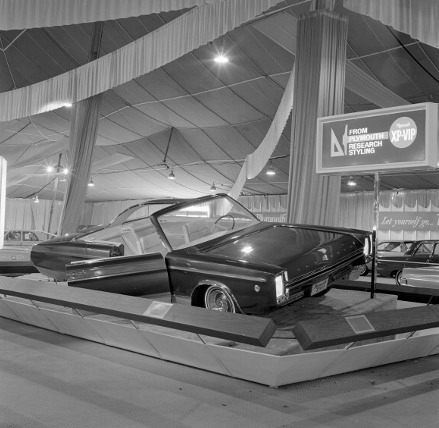
The XP-VIP offered power-operated head rests in front and newly designed reclining seats in the rear. The center console offered a tape recorder, stereo and a telephone for the driver and its passengers when traveling as well. This futuristic concept car also featured a TV monitor mounted into the dash.
The model offered all the bells and whistles for its drivers and passengers to accommodate them for a comfortable and smooth ride when the time came for traveling long distances.
Well ahead of its time on consumer technology, the instrument panel was able to detect emergencies, drivers’ speed and whether the car was in need of fuel; also an estimate of time for arrival and distances could be calculated when traveling.
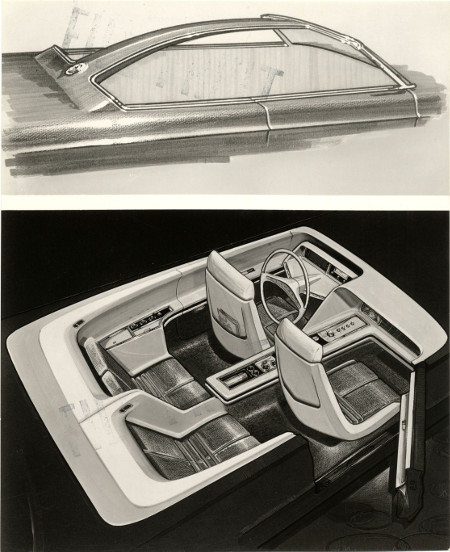
Mr. P.N. Buckminster, who was general manager of the Chrysler-Plymouth Division at the time, said in an article, “Many of the features and concepts are in the test tube stages. However, because of our time, this car is a necessary exercise in preparation for the future”
The overall appearance of the XP-VIP offered customers that futuristic design that many people thoroughly enjoyed. The show car was wide and low and offered a great looking magenta color paint job that was very popular during the 1960s. The external paint work was new and unique. Although the basic color was magenta, the paint was iridescent and could change in various shades from pink to copper because of the many transparent crystals that the paint had contained.
From the standpoint of convenience, the show car could have been used as a traveling office. It even offered a special compartment in the center console that allowed for a thermos bottle and cups when motorists required that special beverage.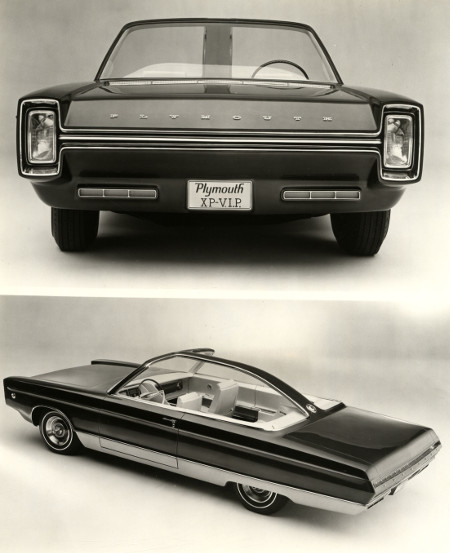
Another feature that the Plymouth XP-VIP offered was the prevention of sun rays causing excessive brightness within the car. The Chrysler designers had used a new light-sensitive glass which could darken upon exposure to sunlight for the driver as well as for the passengers. This was a brand new idea that Chrysler was experimenting with.
The development of the Plymouth XP-VIP was under the direction of the late Elwood Engel, who took over Chrysler's design and styling after the late Virgil Exner had left.
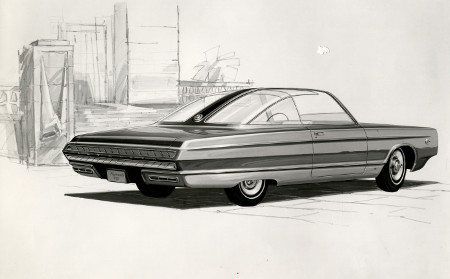
Long before any vehicle is presented to the public, many years of thinking and planning along with designing and testing takes place. The Plymouth XP-VIP started out as a great idea on paper that the designers and engineers had worked together to come up with a great looking concept model that the public really enjoyed.
In conclusion, the Plymouth XP-VIP was an idea car that was the highlight of the Auto Show circuits in 1965. It was also the result of intensive studies and research that Chrysler at the time, was looking ahead to focus on future products.
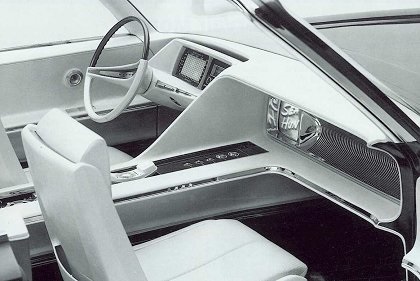
A special thanks to Robert Tate, Automotive Historian and Researcher, for contributing this story to the MotorCities Story of the Week Program.
For further information on photos please visit http://www.detroitpubliclibrary.org/ or email This email address is being protected from spambots. You need JavaScript enabled to view it.. Please do not republish the story and/or photographs without permission of MotorCities National Heritage Area.


